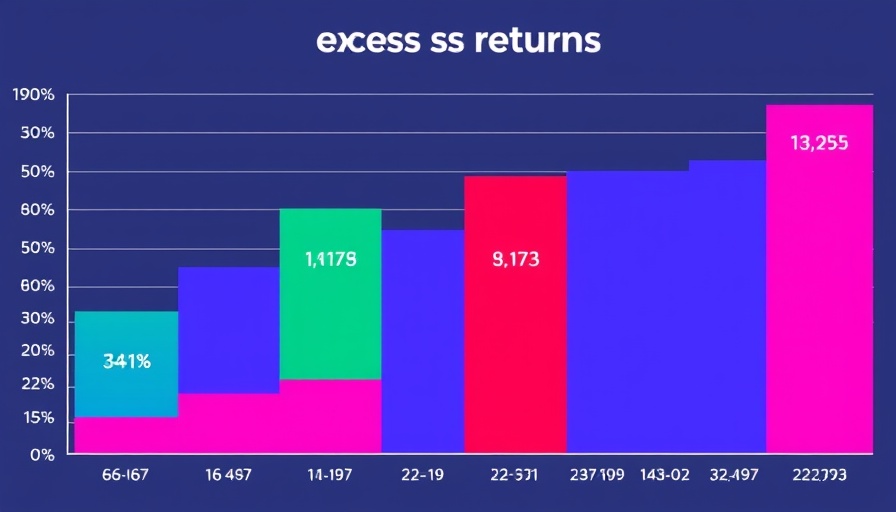
Equities and Bonds: A Surprising Relationship
In a recent analysis, the connection between equities and bonds reveals an unexpected dynamic. While traditional thinking suggests that the bond market drives movements in equities due to its sensitivity to economic signals and interest rates, new findings indicate the opposite. Based on data since 2003 comparing the CBOE Volatility Index (VIX) used by equity investors and the Merrill Lynch Option Volatility Estimate (MOVE Index) for bonds, it appears that fluctuations in the VIX might actually precede those in the MOVE Index. This challenges long-held beliefs and reshapes how we understand market interdependencies.
Understanding Volatility Indices
The VIX serves as a barometer for fear and uncertainty in the stockmarket, while the MOVE Index provides insight into anticipated changes in the bond market. Typically, these indices exhibit a correlation, especially during times of market stress. However, what stands out from the analysis is that changes in the VIX can forecast shifts in the MOVE Index, supporting the theory that equities may influence bond volatility.
Market Stress and Leadership Shift
Interestingly, during extreme stress, a reversal occurs: the MOVE Index tends to influence the VIX temporarily. This suggests that under acute uncertainty, bond investors may respond more adeptly to macroeconomic shifts compared to their equity counterparts. Investors managing multi-asset portfolios may benefit from this insight, using it to anticipate market movements when fear spikes.
Strategizing with Volatility Insights
The implications of these findings are valuable for investors involved in multiple asset classes. Understanding the interplay between equities and bonds can enhance hedging strategies and overall risk management. For instance, commodities traders may look to these volatility measures for early signs of significant shifts in financial markets.
Final Thoughts
With a comprehensive understanding of how equity fluctuations can forecast bond movements, investors might rethink their strategies. Realizing the intricacies between these markets can lead to more informed decisions and ultimately better risk management.
 Add Row
Add Row  Add
Add 




Write A Comment